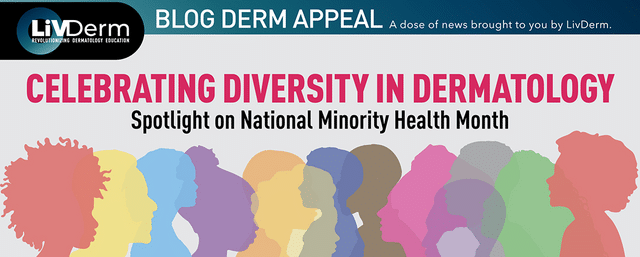Reports from a recent phase three clinical trial have demonstrated that a topical gene therapy known as beremagene geperpavec (B-VEC), saw over half the patients obtain complete wound closure after six months.
Researchers modified a herpes simplex virus type 1 (HSV-1) vector to encapsulate two copies of the COL7A1 coding sequence. The gene delivery system then works by transcribing this viral DNA and translating it into C7 protein, eventually leading to the building up of the anchoring fibrils of the skin.
The study assessed 31 dystrophic epidermolysis bullosa patients. Among the patients, one had the dominant form of the condition, and 30 had the recessive form.
The findings demonstrated around 70% of the patients’ wounds were closed by six months, including the one patient with the dominant form of the condition, as compared to only 20% from the placebo group. Furthermore, the durability of wound healing, which was defined as complete wound closure at both three and six months, was seen in 50% of the patients as opposed to only 7% of those exposed to the placebo.
During the study, 7% of patients reported erythema or rash after the administration of B-VEC, but no systemic toxic effects or serious adverse effects were reported.
Providers are all too familiar with this debilitating disease and are excited about the results of this trial.















